Geraldo Gonzalez, owner of Leather and Rawhide, has been braiding for more than eight years, making everything from rawhide bridle reins to rawhide reatas (also known as riatas - long, hand-twisted braided rawhide ropes used to handle livestock).
If you are unfamiliar with rawhide, it is just like it sounds: dried "raw" hide. It begins as a "green" hide, meaning straight from a harvested cow, then put in a frame to dry. Unlike leather, which is put through a tanning process and used on saddles, horse tack, boots, and belts, rawhide is not.
Rawhide is made from animals, such as cows, deer, goats, and kangaroos.
"All hides work differently," said Geraldo. For example, deer rawhide is very thin and can be braided, but the strings can break easily and react differently during the tempering of the strings. "Some [hides] take on moisture more than others," he explained. Once thoroughly dried, the hide is moistened in water to soften it up and cut into "Correas" (Spanish for strap). Only then can he begin his braiding process.
Geraldo, who has been using Kangaroo leather for braiding, said it is strong and durable yet soft and supple. These qualities make it a prevalent choice for bridle reins and headstalls and is a popular choice for bullwhip makers. According to Geraldo, the only moisture needed for this medium is soap, which he uses to lubricate the strings before braiding. He said, with kangaroo leather, "I can put it up for the night and come back to it later and not have it dried out like rawhide does." However, the high cost of the material can make these products more expensive to produce.
As an example, Geraldo offered a nicely finished bolo tie (all kangaroo leather with red cow rawhide buttons)and some hackamores reins. "These are all hand braided by me and are an eight-plait kangaroo with red limed buttons [color of the hide and the way it was prepared, in a lime solution]. The smaller buttons were challenging. They were 1/16th inch wide, but I am pleased with them overall."
As in the picture, the top bosal has a kangaroo nose button, as well as the heel knot. Gerardo braided on black cow rawhide, where the color of the cow's skin is black, and strips of rawhide are braided as the core for the bosal. The other two are also kangaroo nose buttons and are braided on red cow rawhide, also with rawhide cores.
Braiding rawhide and leather isn't just a craft for Geraldo Gonzalez—it's a skill that demands patience, precision, and an understanding of how each hide works. Whether he's shaping kangaroo leather into finely plaited reins or perfecting the heel knot on a bosal, every piece he creates carries the mark of true craftsmanship. While the materials may vary, one thing remains the same—his dedication to preserving a time-honored tradition, one carefully woven strand at a time.



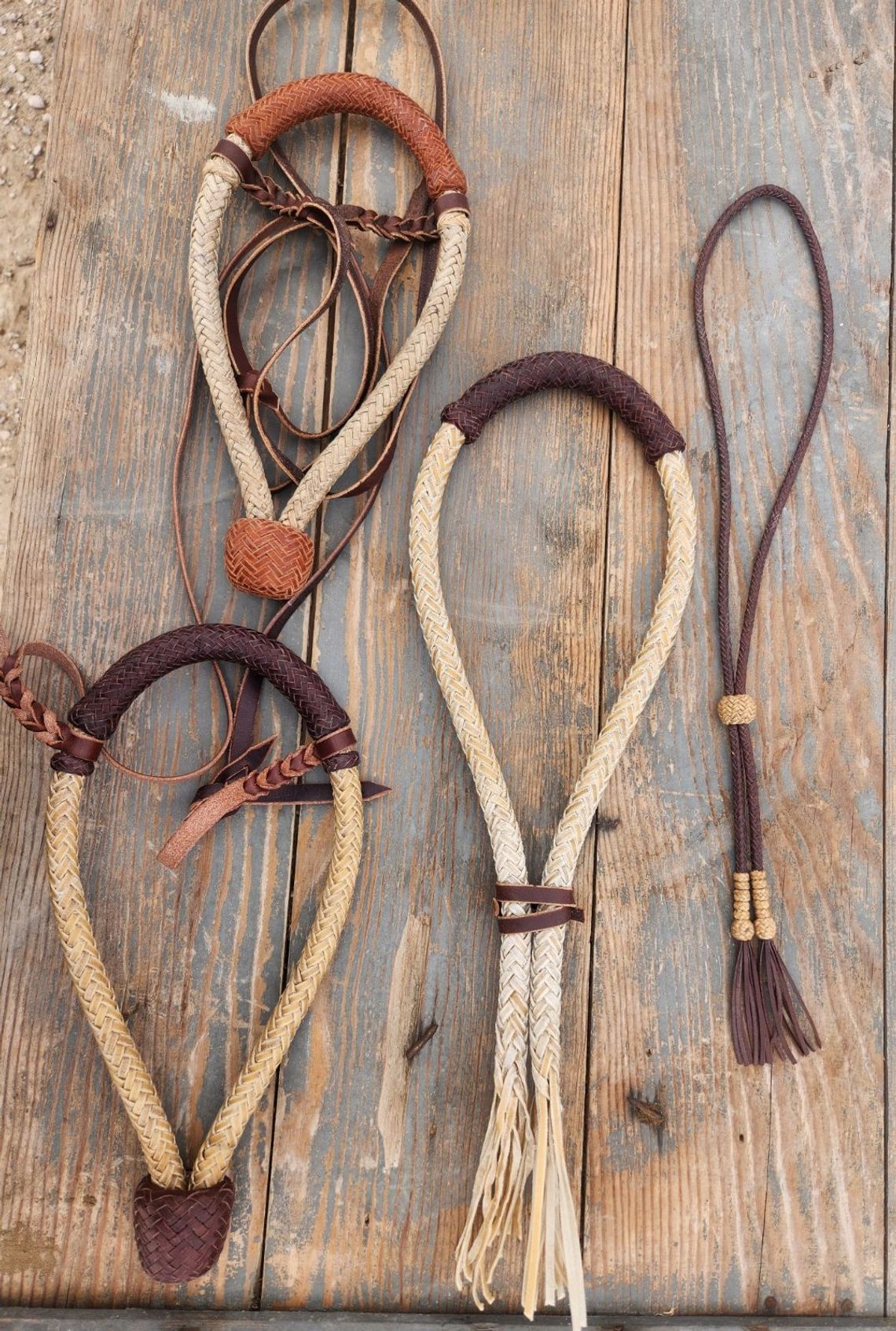

































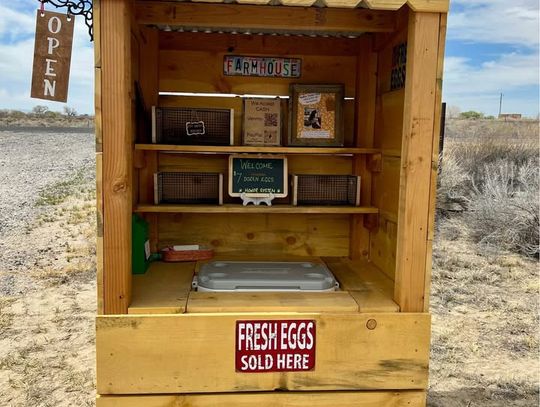
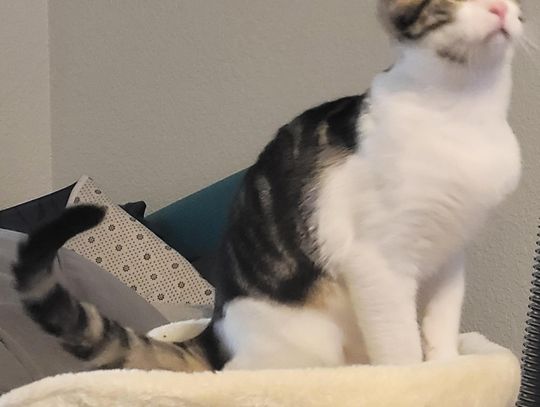
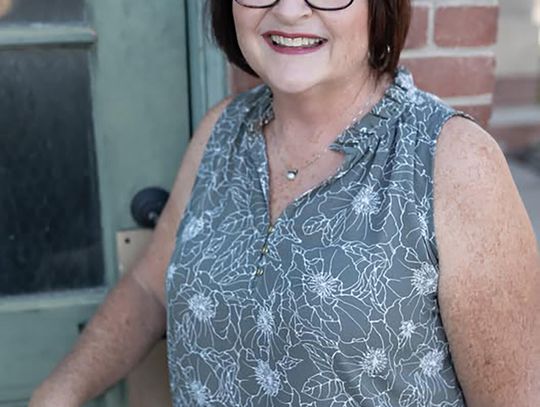
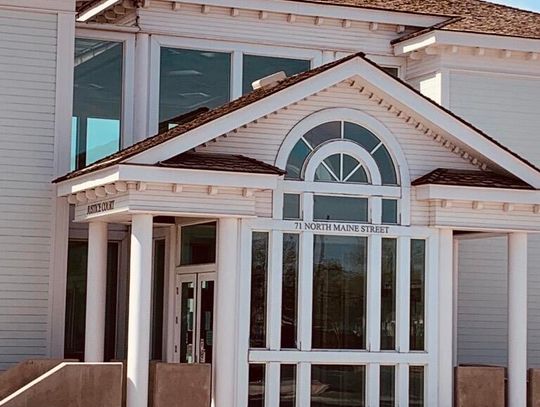


Comment
Comments